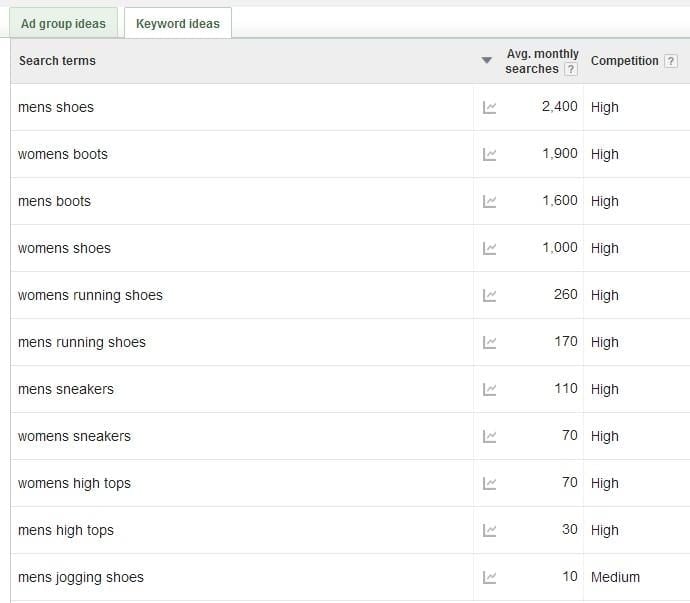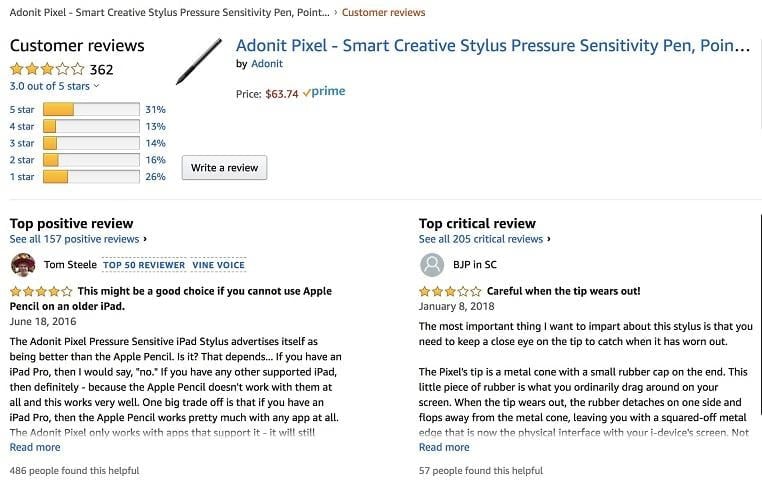
All too often, keyword research is seen as only useful for SEO and, therefore, only useful when driving growth for an existing business. People see keyword research as something that comes into play only once your business has already created its products, brand positioning, and market strategy. You put a campaign or site together, then optimize it.
Keyword research, in this case, is an “after” tactic.
But what if you’re moving backwards? After all, there’s little ROI in getting eyeballs on a product people don’t want.
Why keyword research for product-market fit?
For SEO to align with the rest of your sales and business goals, it needs to do more than just rank your content in the search results and get people to click on it. You want those searchers to become customers, don’t you?
That means more than writing great SEO copy or matching search intent. It means ultimately nailing the hardest, yet most fundamental, part of business: creating something enough people want, something that people want enough to pay for.
Product-market fit is one of the first things to think about when you start a business, and ideally, you never really stop thinking about it. As your audience grows, their demands change, and their needs evolve, you’ll need to constantly adjust your strategy so it serves them best.
It sounds complicated, and it can be. But not if you stay in tune with what your market wants and needs. And keyword research lets you do that at every stage of business growth.
Whether you’re validating your initial product idea or analyzing data for expanding into new markets, search data shows you what potential customers are already looking for online. And that has incredible value for market research.
If you’re ready to better understand your market and give your audience what it needs, here are a few keyword research methods to try first.
1. Mine top questions and answers
The first keyword research method that will be helpful for product-market fit is looking at the questions people are asking online. Good products solve problems, and people turn to the internet for help with their problems in lots of different ways.
This means there are lots of different places to review, looking for questions and problems people have. First of all, there’s Answer the Public, which is a great way to visualize search data. For any topic you enter, it will present you a visualization (that you can easily export into another format or tool) of the related questions people are searching for answers to.
With Google’s semantic AI on the rise and voice search becoming one of the primary ways people discover products, perusing the top questions that relate to a given phrase can yield major insights regarding demand.
If you’re looking for more qualitative and in-depth data, however, a great source to try would be Quora.
You’ll be able to get the context and backstories behind people’s questions, which allows you to really dig into their pain points and demands more than hard numbers do. The follow counts on each question and view counts on each answer can also give you insights into what content resonates best.
2. Search reviews and product descriptions
In addition to looking at the questions, people are asking in your market, check out reviews of other products they’ve tried while noting what phrases are used most in the descriptions of top products.
If you sell a physical product, a site like Amazon gives you copious amounts of data to go through when you look at the reviews of products similar to what you’re planning. Pay close attention to the negative reviews, as knowing which customer needs are unfulfilled can show you a market gap to fill.
If you sell a service or a digital product, try to find reviews of other service providers or education materials.
For example, online learning marketplaces like Udemy or Skillshare allow you to browse expert training, often featuring reviews and testimonials. Look at what their past customers have to say for insight into the transformations they sought out, problems they had, and gaps in the solution.
My personal favorite for this type of research is the Kajabi Marketplace. Given that Kajabi is primarily a platform for people to sell courses on their own websites, you’ll only find the most successful courses listed in their highly curated marketplace, which means that everything on offer here is in high demand.
For example, selecting “Health & Fitness” from the category drop-down shows us an interesting mix of courses about alternative healing, workouts, healthy eating, pain management, and meditation. Clicking through to Anadel Alberti’s meditation course landing page reveals an abundance of keywords that anyone can use to maximize digital product-market fit in the meditation space.
Simply use the web scraper of your choice to build out a spreadsheet, and then use Ahrefs to add data relating to search volume and competition levels.
3. Analyze Google SERPs and pre-launch landing pages
Of course, there are traditional SEO tools at your disposal, too. Which ones you use should depend on the stage of validation you’re currently working on.
For example, in the early research and ideation stage, using SEO intelligence tools to see what keywords and phrases people look for can show you the problems they’re having and solutions they want.
Just like when you’re looking for keyword ranking opportunities, look for the magic combination of long-tail terms with low competition and high volume. You know the value of creating site pages for those desirable keywords, but imagine the ROI of creating a whole product around one.
Moz’s Keyword Explorer is extremely useful for revealing related “keyword suggestions.”
Now, you’re ready to take it up a notch. Once you have some ideas you’re looking to validate, PPC campaigns can be helpful to verify or disprove ideas based on your SEO intelligence. You can easily create a pre-launch landing page to capture interest in a future idea, then run PPC ads to it through keywords with high intent.
There’s a big difference between someone searching for a topic and opting into an offer relating to a topic, so this is a great way of seeing if your offer and positioning can actually convert cold audiences. And it can also reveal which search terms are most likely to yield conversions.
4. Listen and analyze social media mentions
Finally, whenever you’re looking to wrap your head around the attitudes people have towards a given topic, social media likely has more than enough information for you to go on. It’s just a matter of finding what you’re looking for.
To see what people think of other brands and products in your market, you can use a social media monitoring tool like Mention to track conversations around potential competitors and analyze public sentiment.
And finally, before committing to any idea, you want to check for long-term viability. Looking at trend history on sites like Twitter and Google can help you determine whether interest in a topic is growing or falling.
Find your fit
Don’t make the mistake of creating a business in a vacuum. You cannot create a product and marketing plan and then try to optimize the website to make it sell later because you can’t sell something people don’t want.
Instead, tap into keyword research and search data from the start to ensure you’re giving people what they are after.
About the author
A consultant, social media specialist, and blogger based in Tel Aviv, Gabrielle Sadeh helps brands share their voices and scale their businesses through powerful digital marketing strategies. The best way to get in touch with her is via her LinkedIn profile.













